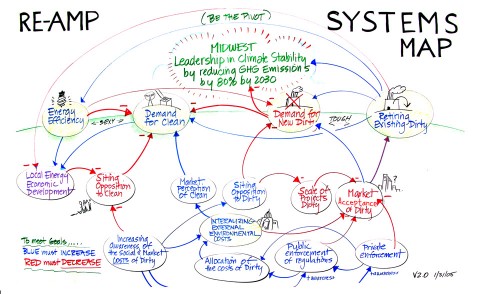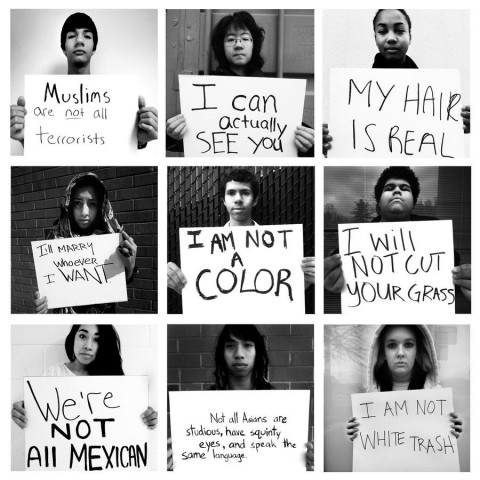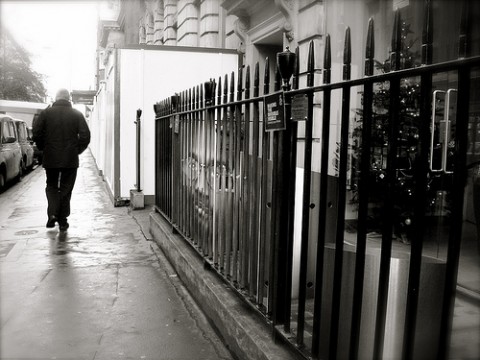Networks, Social Change and Making the Invisible Visible
December 22, 2015 Leave a comment“As long as it remains invisible, it is guaranteed to remain insoluble.”
Margaret Heffernan, from Willful Blindness
The following is a slighted edited re-post of a piece that appeared at this time last year on our site . . .
As I look back on this past year through the lens of the work we have done at IISC supporting networks and movements for social change, one of the most significant themes from my perspective is the value and importance of “making the invisible visible.” Over the past twelve months, we’ve facilitated many reflection sessions with diverse groups to gauge the development and impact they observe from our work together. I tend to ask people how they see change happening at different levels: self, group, larger systems (organization, neighborhood, community, state, region, etc.). I also like to ask them to reflect via the use of stories to capture and convey significant development.
What has surfaced from this sharing is that even though some of the big goals around equity and sustainability are still ahead of us, there has been movement and part of this development comes down to seeing and being able to work with what had previously been unseen. While the methods for getting to this recognition have varied – from system mapping and analysis to network mapping to structural and power analysis to learning journeys to dialogue and tackling difficult conversations – by creating space to see, share and explore, there has been significant deepening of relationships (to self, other, the work), understanding and commitment.

So what is being made visible?
- What our mental models are and how they align (or do not) with our intentions.
- How we are shaped and influenced by implicit biases and dynamics of power and privilege.
- The existence of differing “social situatedness” and opportunity structures.
- The power of shared values and narratives despite differing starting points and perspectives.
- An understanding of how our successes do and must connect.
And why does this matter?
In her book, Willful Blindness, Margaret Heffernan shares examples of people seemingly choosing to remain oblivious to damaging conditions – in banks that sold mortgages to people who could not afford them, in the run up to unjustified wars, in communities that accept toxic conditions as a trade-off for economic gain, in poor health care or educational environments. in our country as we overlook racial disparities and socio-economic inequality. In unconscious and conscious ways, we build walls and draw lines, and even those who are aware of the existence and dangers of these can choose to be silent.
“Silence is the language of inertia.”
Margaret Heffernan
And then there are those who choose to break the silence, who choose to see or look more closely, including looking at their own contexts and chosen approaches with greater scrutiny, as well as being open to the perspectives and legitimacy of others. This is the choice of movement, of development, of breaking inertia. Making the invisible visible is not simply some airy fairy notion of “consciousness raising,” it is about achieving greater strategic and moral courage, connection and clarity. And I am hearing that it is what is giving many in the efforts of which we at IISC are a part hope that we are getting somewhere.
Here’s to more care-full seeing, compassionate listening, bolder action and significant movement and #results in the coming year.


